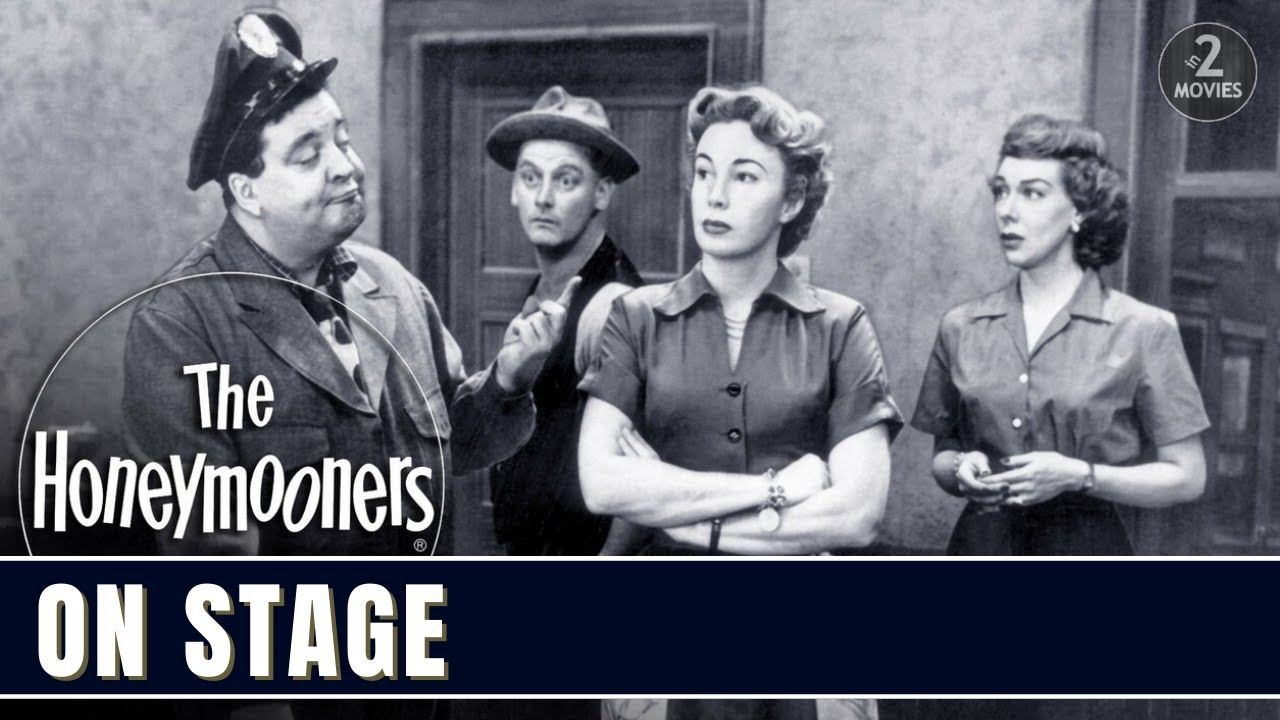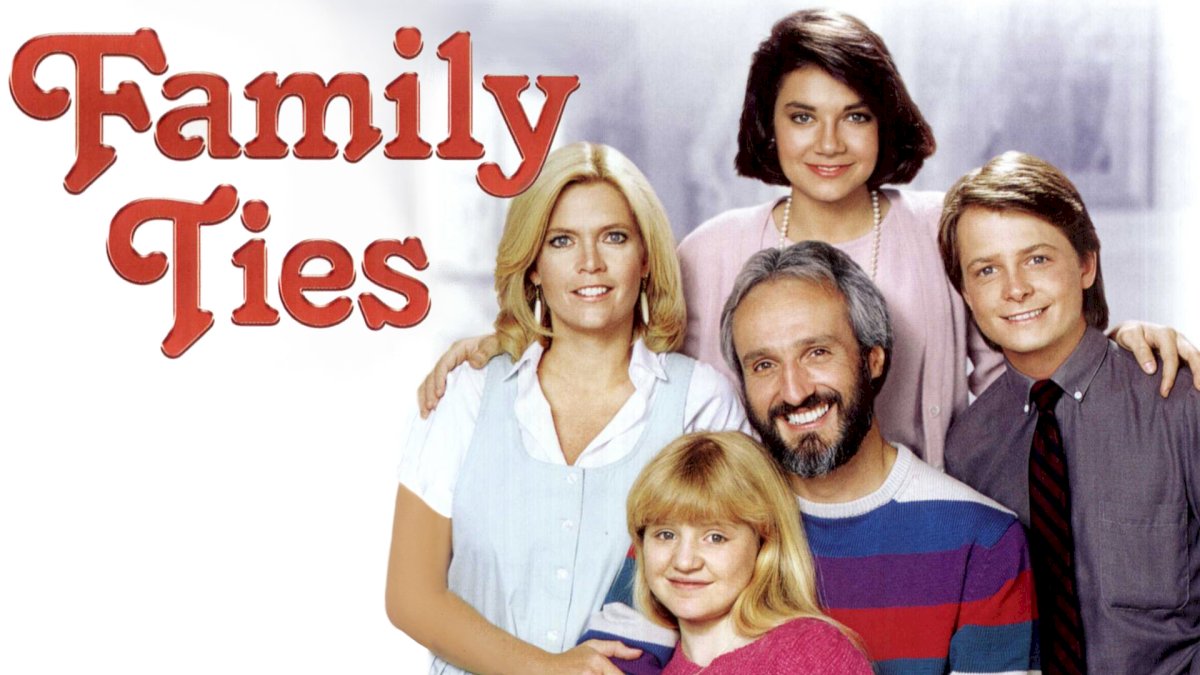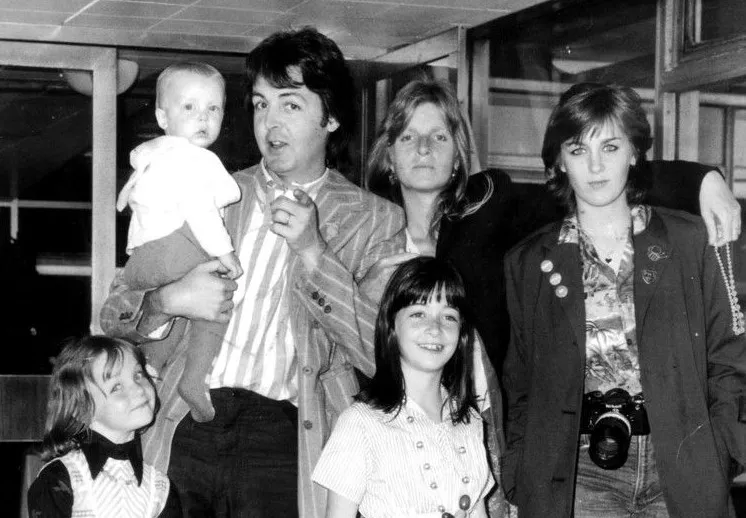In the golden era of television comedy, "The Red Skelton Hour" emerged as a timeless classic, captivating audiences with its blend of slapstick humor, clever sketches, and the undeniable charm of its host, Red Skelton. One particular episode, "When Nut-Hood Was in Flower," encapsulates the essence of Skelton's comedic genius, providing a glimpse into an era when laughter reigned supreme.

Airing from 1951 to 1971, "The Red Skelton Hour" was a staple of American television, earning its place among the most beloved variety shows of its time. Red Skelton, a masterful entertainer and beloved clown, endeared himself to audiences with his endearing characters, witty monologues, and the trademark slapstick that defined his unique brand of humor.
The episode in focus, "When Nut-Hood Was in Flower," originally aired on [Insert Date]. This particular installment is a testament to Skelton's ability to weave laughter into the fabric of everyday life, taking ordinary situations and turning them into comedic masterpieces.

In this episode, Skelton's comedic brilliance shines through as he explores the quirks and idiosyncrasies of human behavior, delivering a series of hilarious sketches that resonate with timeless appeal. The title itself, "When Nut-Hood Was in Flower," hints at the zaniness and lighthearted chaos that is about to unfold.
The strength of "The Red Skelton Hour" lay in Skelton's unparalleled skill in creating memorable characters. From the bumbling but lovable Freddie the Freeloader to the mischievous Clem Kadiddlehopper, each character became a household name and contributed to the show's enduring popularity.
In "When Nut-Hood Was in Flower," viewers were treated to a showcase of Skelton's comedic versatility as he seamlessly transitioned between characters, each with its unique quirks and comedic timing. Whether it was the slapstick antics of Clem or the heartwarming moments with Freddie, Skelton had a way of connecting with his audience on a deeply personal level.
The humor of "When Nut-Hood Was in Flower" transcends its original airing date, proving that great comedy is, indeed, timeless. Skelton's ability to find humor in the mundane, coupled with his impeccable timing and physical comedy, ensures that the laughter evoked by this episode remains as infectious today as it was when it first graced television screens.
Skelton's comedic style wasn't just about making people laugh; it was about celebrating the shared human experience. Whether poking fun at everyday situations or using his characters to offer a humorous commentary on societal norms, Skelton had an uncanny ability to connect with his audience in a way that few comedians could.

"The Red Skelton Hour" left an indelible mark on the landscape of television comedy, influencing generations of comedians who followed. Skelton's legacy goes beyond his impeccable comedic timing; it lies in his genuine affection for his audience and his commitment to spreading joy through laughter.
"When Nut-Hood Was in Flower" stands as a microcosm of the larger legacy of "The Red Skelton Hour." It represents an era when humor was a unifying force, bringing people together in living rooms across the nation to share in the simple joy of laughter.

In the annals of television history, "The Red Skelton Hour" remains a shining example of the transformative power of comedy. "When Nut-Hood Was in Flower" serves as a poignant reminder of an era when humor was wholesome, relatable, and capable of transcending the boundaries of time. Red Skelton's legacy lives on in the hearts of those who remember the joy he brought to their lives, and episodes like this one continue to evoke smiles, proving that, indeed, laughter is timeless.



